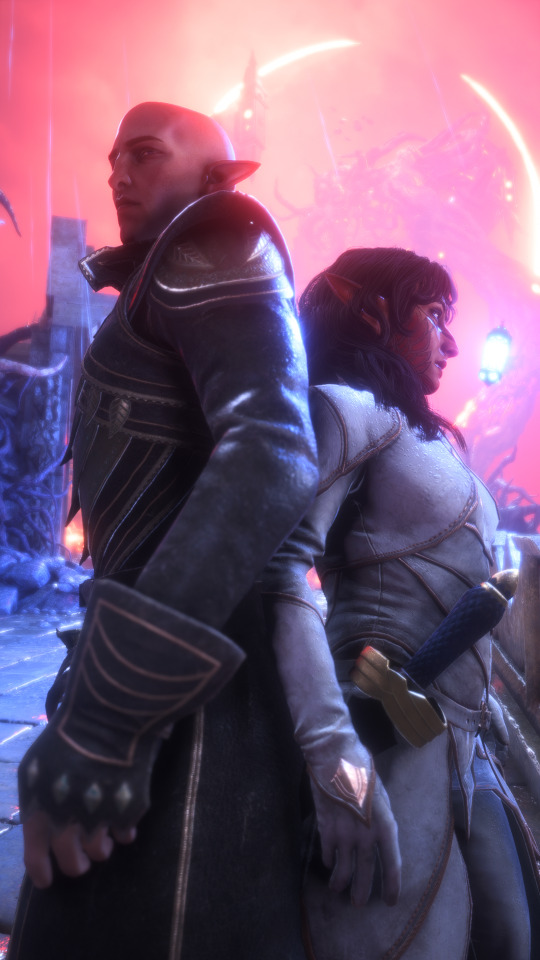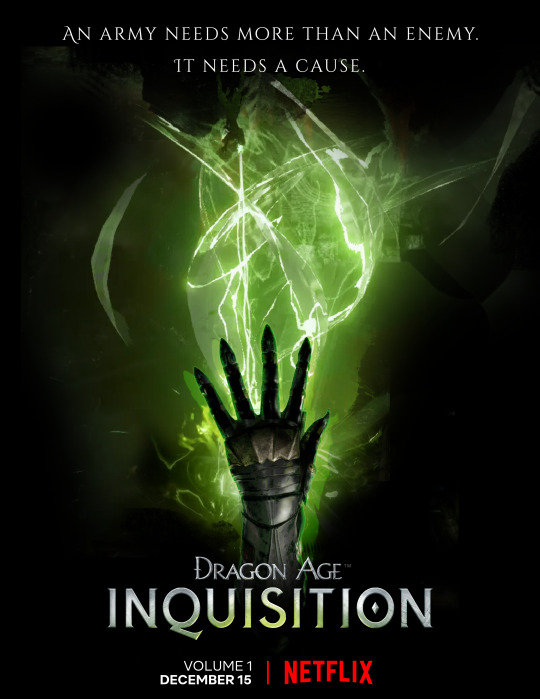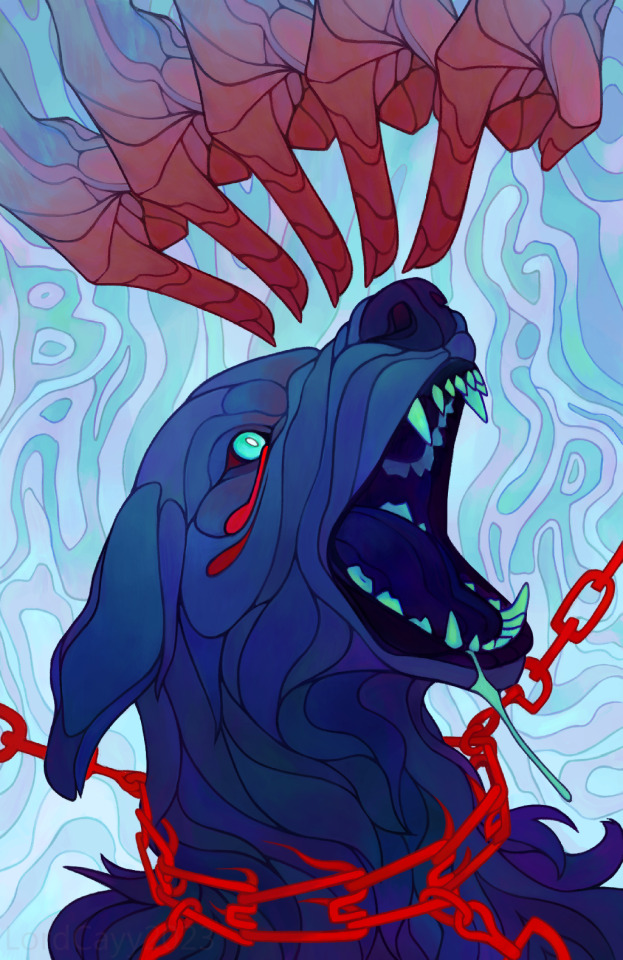32 | F | INFJ | bi | CA . Getting back into the art groove and screaming when I die in games.
Don't wanna be here? Send us removal request.
Text

Definitely one of the funniest feature discord has added.
WARNING! ANNOYING BITCH HAS BREACHED THE PERIMETER!!!
DO YOU WISH TO EVACUATE?
62K notes
·
View notes
Text


Average Dragon Age Origins playthrough
13 notes
·
View notes
Text

(wear mythal's armor and give him the nastiest deja vu)
2 notes
·
View notes
Text

Portrait of Neve Gallus (based on Klimt’s Portrait of Emilie Louise Flöge)
4K notes
·
View notes
Text


"Careful. She knows we're not right."
#dragon age#veilguard#spite#datv#datv rook#i'm romancing emmrich but#this is what happens when you run into teammates' faces
2 notes
·
View notes
Text

I know Netflix has, like, a 90% chance of screwing up but could you IMAGINE how hard the soundtrack would go
Sources: https://tinyurl.com/4pz4r6tn ༒ https://tinyurl.com/4swhf8x9 ༒ https://tinyurl.com/2s44aux2
7 notes
·
View notes
Text
NO.
I love painting in this style. It is relaxing

682 notes
·
View notes
Text
Thinking about how the Miette meme wouldn't be as good if Miette was named literally anything else.
2K notes
·
View notes
Photo

Going strong with my resolution to get back into art, especially finishing the pieces I start! What’s nuts is that I started this over 4 months ago... And we’ve already lost him. :’)
123 notes
·
View notes
Photo

HEY! Why do I look like a court jester??!! >:(
11 notes
·
View notes
Text


I have been playing HELLA Final Fantasy XIV lately, as well as Gotham Knights and V Rising! So I’ll probably steer this blog into art and gaming content while steering clear of discourse :’)
4 notes
·
View notes
Text
Sooo considering the insanity happening on the bird app, I might have to start transitioning back here?? How tf am I going to get my world news?!
9 notes
·
View notes
Text
“Consider the Vikings. Popular feminist retellings like the History Channel’s fictional saga “Vikings” emphasize the role of women as warriors and chieftains. But they barely hint at how crucial women’s work was to the ships that carried these warriors to distant shores.
One of the central characters in “Vikings” is an ingenious shipbuilder. But his ships apparently get their sails off the rack. The fabric is just there, like the textiles we take for granted in our 21st-century lives. The women who prepared the wool, spun it into thread, wove the fabric and sewed the sails have vanished.
In reality, from start to finish, it took longer to make a Viking sail than to build a Viking ship. So precious was a sail that one of the Icelandic sagas records how a hero wept when his was stolen. Simply spinning wool into enough thread to weave a single sail required more than a year’s work, the equivalent of about 385 eight-hour days.
King Canute, who ruled a North Sea empire in the 11th century, had a fleet comprising about a million square meters of sailcloth. For the spinning alone, those sails represented the equivalent of 10,000 work years.”
“…Picturing historical women as producers requires a change of attitude. Even today, after decades of feminist influence, we too often assume that making important things is a male domain. Women stereotypically decorate and consume. They engage with people. They don’t manufacture essential goods.
Yet from the Renaissance until the 19th century, European art represented the idea of “industry” not with smokestacks but with spinning women. Everyone understood that their never-ending labor was essential. It took at least 20 spinners to keep a single loom supplied.
“The spinners never stand still for want of work; they always have it if they please; but weavers are sometimes idle for want of yarn,” the agronomist and travel writer Arthur Young, who toured northern England in 1768, wrote.
Shortly thereafter, the spinning machines of the Industrial Revolution liberated women from their spindles and distaffs, beginning the centuries-long process that raised even the world’s poorest people to living standards our ancestors could not have imagined.
But that “great enrichment” had an unfortunate side effect. Textile abundance erased our memories of women’s historic contributions to one of humanity’s most important endeavors. It turned industry into entertainment.
“In the West,” Dr. Harlow wrote, “the production of textiles has moved from being a fundamental, indeed essential, part of the industrial economy to a predominantly female craft activity.””
- Virginia Postrel, “Women and Men Are Like the Threads of a Woven Fabric.” in The New York Times
35K notes
·
View notes
Text
Me, slapping shaders on my gear like:

1K notes
·
View notes


